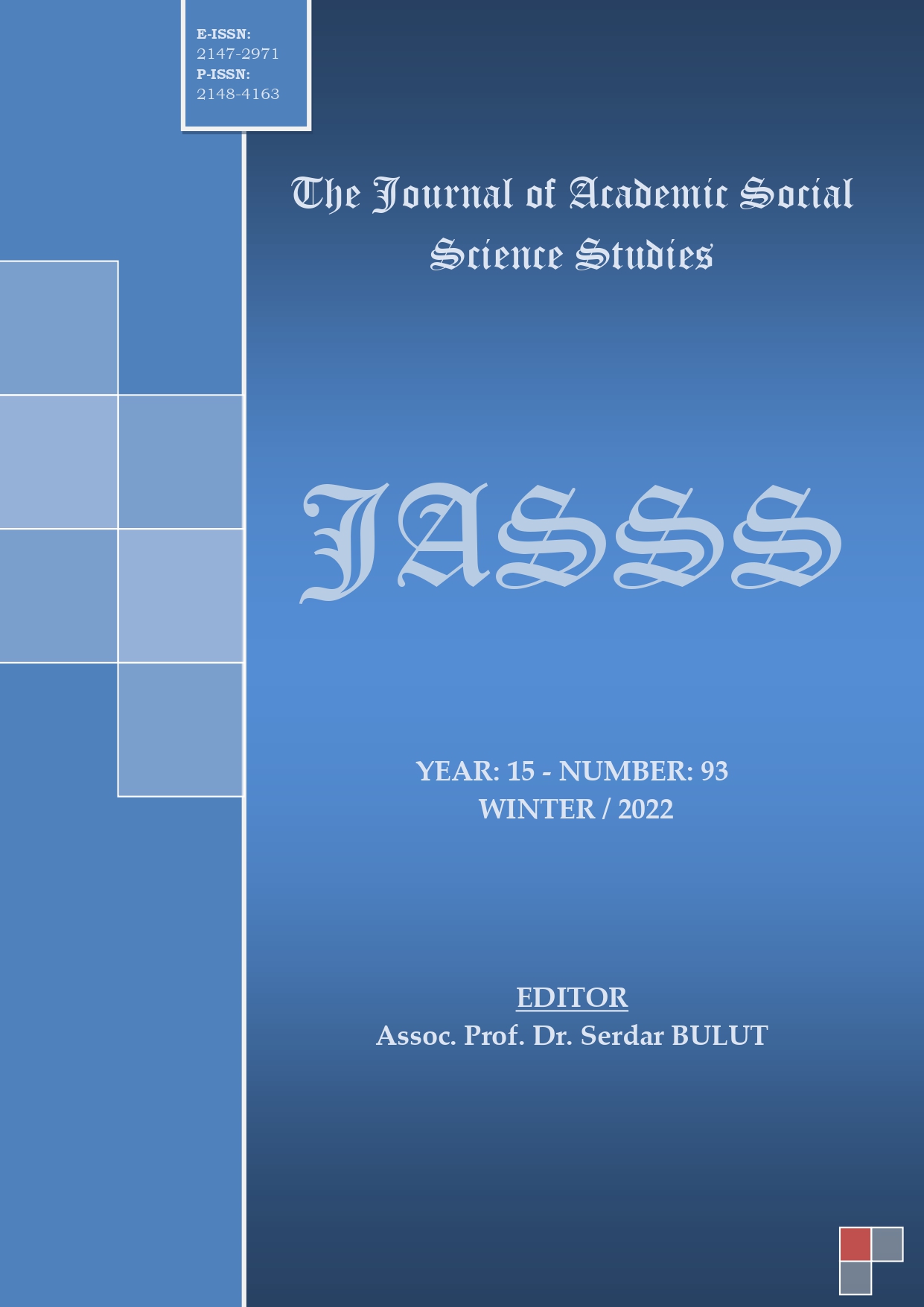Author :
Abstract
Sosyal medyanın katılım kültürünü olağanlaşan tekno-optimist ve tekno-pesimist yaklaşımlar dışında tekno-sanatsal ve tekno-kiç yaklaşımlarla sınamayı deneyen bu çalışma, TikTok’un kendine özgü üretim kültürü ve üreticilerinin medyatik uğraşlarının trans-estetik bir irdelemesini içerir. Düşünsemeli bir bakış açısıyla merkeze alınan trans-estetik, yöndeşen ve her haliyle melezleşen semboller arasındaki zıtlıkların, çelişkilerin ve ayırıcı özelliklerin yitimine işaret ederken; çirkin ile güzel arasındaki nitelik farkının sonuna gelindiğini duyurması bakımından estetik yargılarla, bir diğer ifadeyle sanatın ‘göreliliğiyle’ ilişkilidir. ‘Do it yourself/Kendin yap!’ mottosu ile bir tür anti -sanat ve anti-estetik olarak ortaya çıkan fluxus, akış-oluş aksındaki gündelik yaşam bileşenlerinden sanat türetmesi nedeniyle bir sanatsal devrim niteliğindedir. George Maciunas’ın manifestosundaki maddeler çerçevesinde TikTok videolarının trans-estetik açıdan sanatsal değerle yargılanıp yargılanamayacağı önemli bir sorunsaldır. Çünkü eleştirmenler tarafından realite televizyonculuğuna yüklenen ‘çöplük kültürü’ sıfatı ya da zevksizliği nitelemekte kullanılan ‘kiç kültür’ yakıştırmaları ile transestetik olarak fluxus sanatının temel tezleri arasında fark ortaya koyabilmek, TikTok’un teorik çerçevelenişine yardım eder. Maciunas’ın sanata dair tezleri ile kiç kültürünün gösterenleri arasında bir fark arayışı olan bu çalışma, TikTok’un trans-estetik yönden bir sanat oluşunun ya da olamayışının imkanlarını teorik açıdan sorgulayacaktır. TikTok’un ‘popüler kültürünü’ sanat ve anti-sanat zıtlığını ortadan kaldıran bir trans-estetik bakışla desenlemek, çeşitli uzlaşmalar ve çatışmalar üzerine yeni bir şeyler söylemek için fırsattır.
Keywords
Abstract
This study, which tries to test the participation culture of social media with techno-artistic and techno-kitsch approaches apart from the techno-optimist and techno-pessimist approaches, includes a trans-aesthetic examination of TikTok's unique production culture and the mediatic efforts of its producers. Centered with a reflective perspective, trans-aesthetics points to the loss of contrasts, contradictions and distinctive features between symbols that converge and hybridize in every way. It is related to aesthetic judgments, in other words, to the 'relativity' of art, in terms of announcing that the difference in quality between the ugly and the beautiful has come to an end. Fluxus, which emerged as a kind of anti-art and anti-aesthetic with the motto of "Do it yourself", is an artistic revolution as it derives art from the components of daily life on the flow-becoming axis. It is an important question whether TikTok videos can be judged with artistic value in terms of trans-aesthetics, within the framework of the articles in George Maciunas' manifesto. Because, being able to distinguish between the adjective "trash culture" attributed to reality television by the critics or the "kitsch culture" ascription used to describe the tastelessness and the basic theses of fluxus art transesthetically, helps TikTok's theoretical framing. This study, which seeks a difference between Maciunas' theses on art and the signifiers of kitsch culture, will theoretically question the possibilities of TikTok's being or not being a trans-aesthetic art. Patterning TikTok's 'popular culture' with a trans-aesthetic view that removes the contrast between art and anti-art is an opportunity to say something new about various compromises and conflicts.
